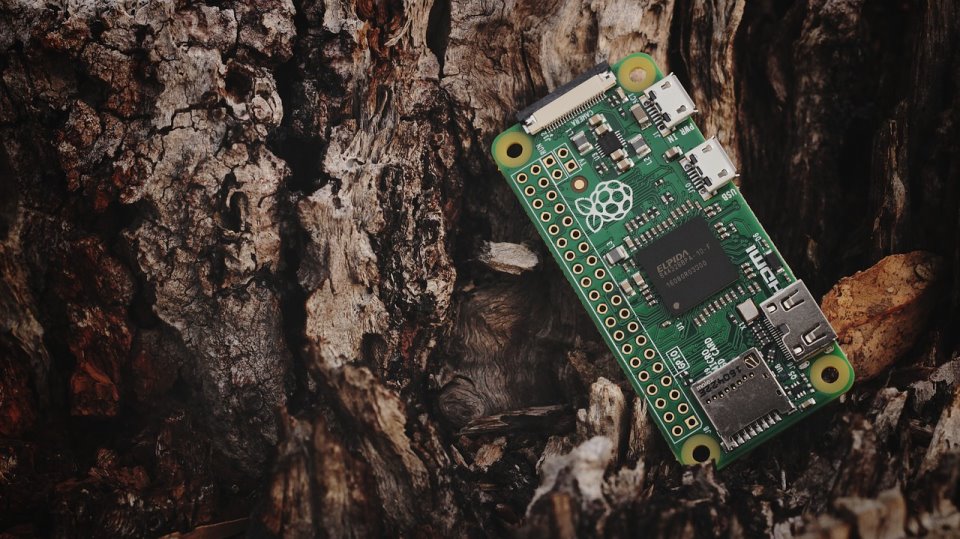I have some plants (philodendrons) that are a bit demanding about humidity, and I want to make sure they don’t dry out and have ample humidity to grow optimally. To solve this, I considered a number of solutions, including finding some ZigBee capable humidifier that I could control with Home Assistant. I didn’t find anything like that and even if such a product existed, it would probably be prohibitively expensive because it’s for a niche of niche.
Parts
I did look for a suitable low-cost ZigBee device that could control some other device, but didn’t find anything. Instead I opted to use an old Raspberry Pi Zero W I had used for a previous project, but was now just lying in a drawer. With that, I had a device a could control remotely, but I still needed something that could create water mist to raise the humidity level. For that, I settled on using an ultrasonic humidifier in parts, and a wick.
I found this bundled on AliExpress for 2$ + VAT and shipping, so I bought 3 to have spares, just in case. Finally, some glass jar with a lid is needed. I just used a cleaned glass jar from some food product, with a screw-on metal lid.
Parts list
- Raspberry Pi Zero W + power supply
- Ultra-sonic humidifier + driver board
- Wick
- Glass jar
Making a hole in the lid was simple enough to do with an electric drill. I then glued a thick plastic straw to the lid, to function as a guide for the wick.
To control it, I made a simple Python script that runs an HTTP server using flask , so that I can turn the humidifier on and off using a simple HTTP GET request. The script can be found here .
The script turns the humidifier on for 4 rounds of 7 seconds, with 5 seconds break in between, but this can easily be changed.
Controlling it
I have a ZigBee temperature- and humidity sensor placed strategically close to where the humidification is needed, and connected to my Home Assistant . Using node-red, I have set up a flow that turns on the humidifier when the humidity falls below a certain threshold, thus ensuring that the plants remain humid even in the dry winter air.
